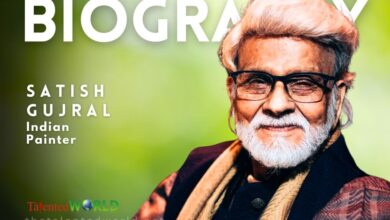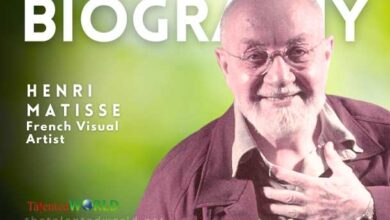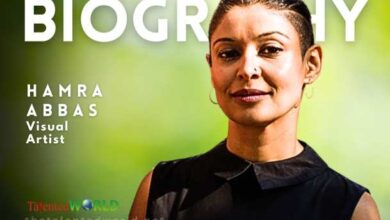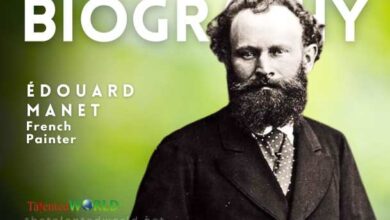| Full Name | Maqbool Fida Husain |
| Born | 17 September 1915 |
| Place of Birth | Pandharpur, Bombay Presidency, British India |
| Died | 9 June 2011 (aged 95) |
| Place of Death | London, England |
| Nationality | Indian (1915–2010), Qatari (2010–2011) |
| Education | Sir J. J. School of Art |
| Known For | Painting |
| Notable Works | “Meenaxi: A Tale of Three Cities”, “Through the Eyes of a Painter” |
| Art Movement | Bombay Progressive Artists’ Group |
| Spouse | Fazila Bibi (m. 1941; d. 1998) |
| Children | 6, including Owais Husain and Shamshad Hussain |
| Awards | Padma Bhushan (1973), Padma Vibhushan (1991), National Film Award for Best Experimental Film (1967) |
| Parliament | Member of Parliament Rajya Sabha (12 May 1986 – 11 May 1992) |
| Early Career | Painted cinema posters, worked for a toy company, painted billboards for Bollywood |
| Art Style | Bold, vibrantly colored narrative paintings in a modified Cubist style |
| Themes | Gandhi, Mother Teresa, the Ramayana, the Mahabharata, the British Raj, Indian urban and rural life |
| Controversies | Nude portrayals of Hindu deities and Bharat Mata, legal issues for hurting religious sentiments, self-imposed exile from 2006 until death |
| Citizenship | Accepted Qatari citizenship in 2010 |
| Significant Auction | In September 2020, his painting “Voices” auctioned for $2.5 million |
| Filmography | “Through the Eyes of a Painter” (1967), “Meenaxi: A Tale of Three Cities” (2004) |





